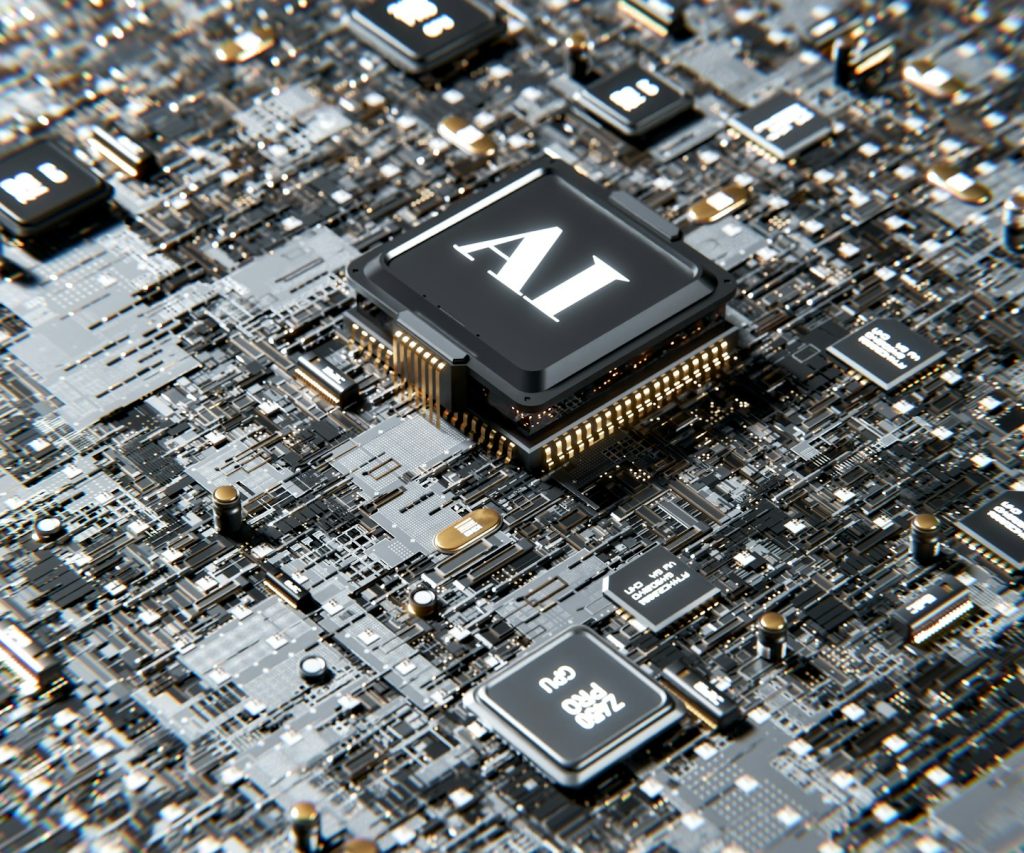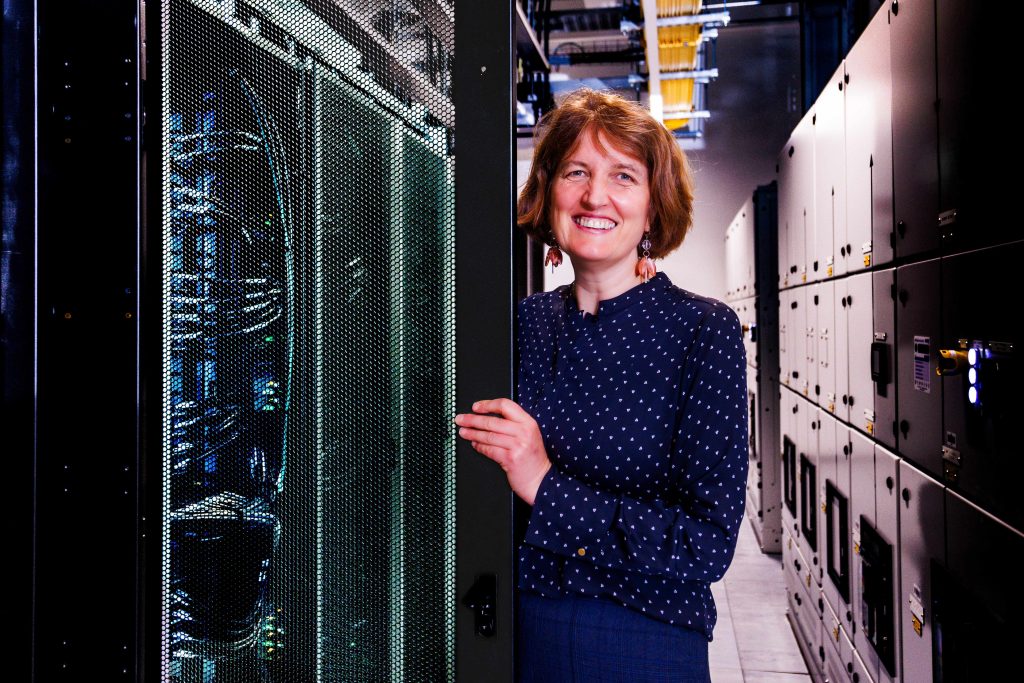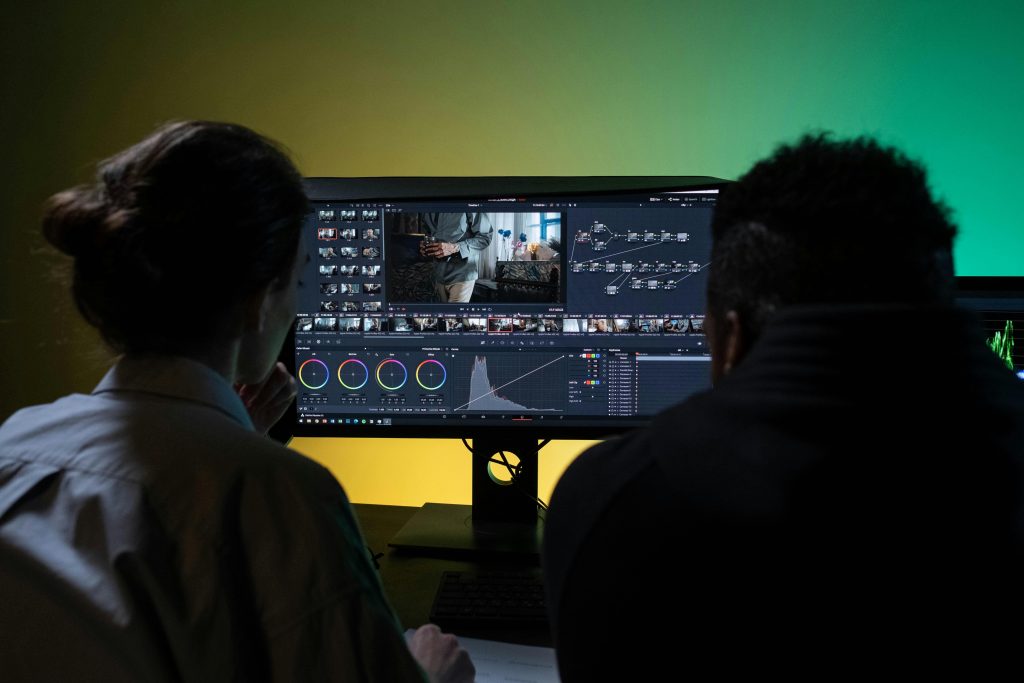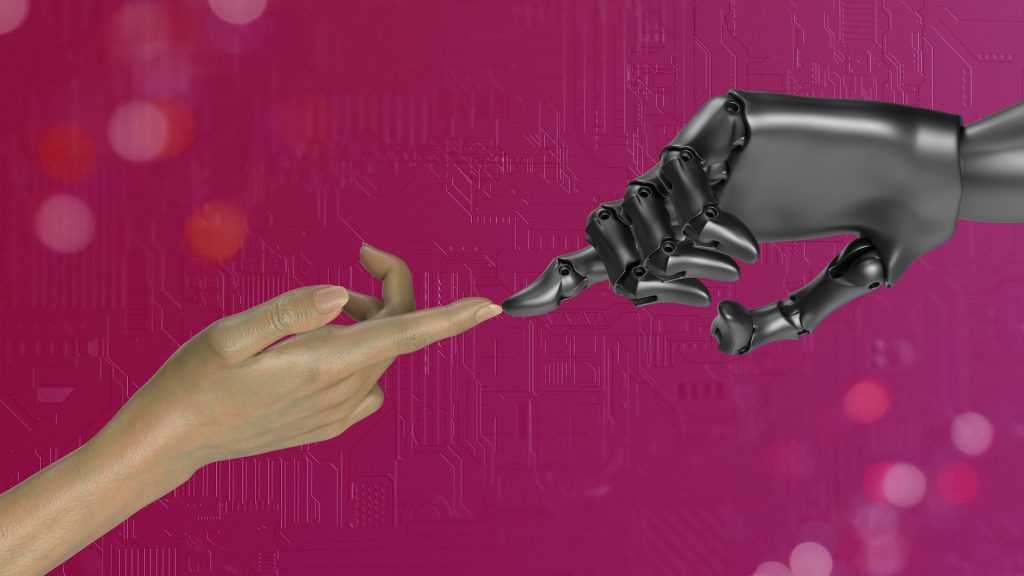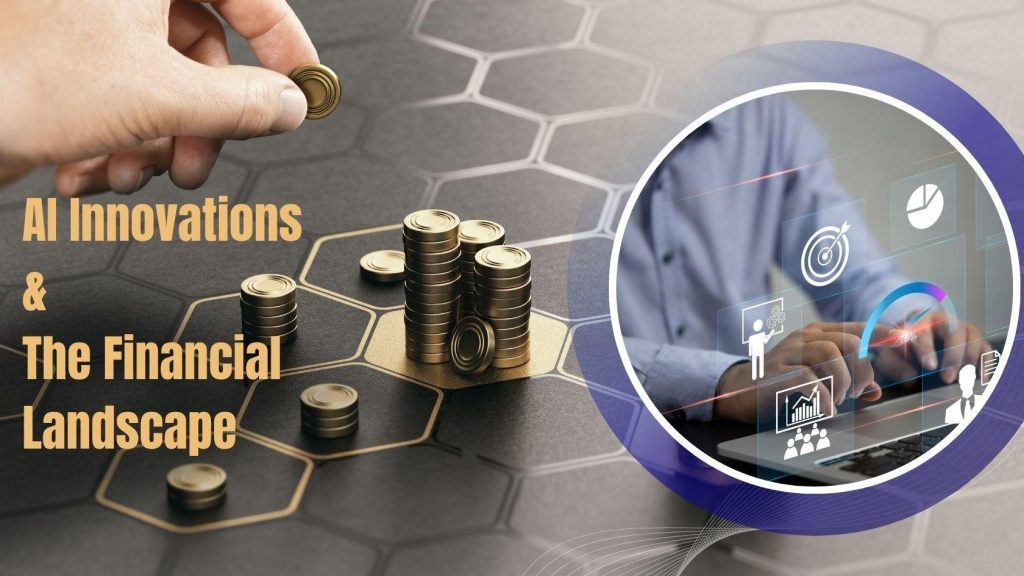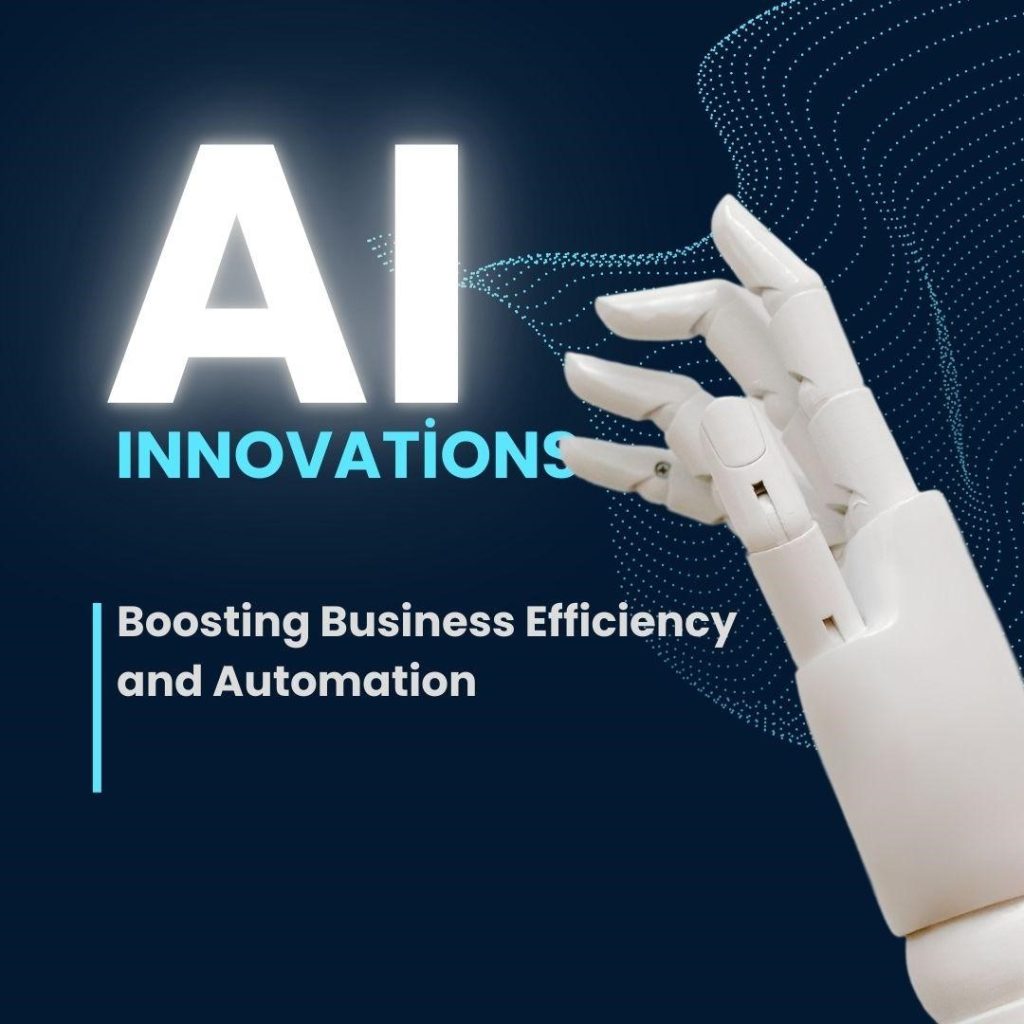Ben Waters, trader, is an experienced portfolio manager who is astute in managing and taking on reasonable risk to achieve outsized returns. This article will look at data analytics and how the increasing integration of AI is helping to speed up processes, reduce costs and enhance decision-making.
AI is transforming the way that businesses analyse data – as Benjamin Waters, trader can attest – enabling them to process vast troves of information infinitely more quickly. AI is revolutionising data analysis by automating tasks that previously took days or weeks for human employees to complete, simultaneously speeding up processes and revealing valuable insights.
AI in data analytics is essentially the application of AI to analyse large data sets, enabling data scientists and analysts to identify emerging trends and gain insights into the behaviour of consumers. Using powerful machine learning algorithms, AI can help make sense of vast troves of data quickly and with greater precision.
Businesses operating in market segments like finance and insurance are leveraging AI tools to gain an edge in language understanding, image recognition and strategy optimisation. Integrating robotic automation and big data analytics, AI poses potential to transform not only individual businesses but entire industries, addressing governance principles and managing risk more effectively.
AI generates deeper insights from data, improving knowledge tests and enhancing data visualisation to improve decision-making. Although challenges in the rollout of AI exist – for example, the need to invest in hardware and train workforces to implement it effectively – AI’s ongoing evolution is pushing the boundaries in virtually every market sector today, chief among them data analysis.
AI systems are transforming the way that businesses analyse data, particularly those operating in industries like finance and insurance. By leveraging advanced AI tools, automation and training computation, companies can transform their data analytics, gaining valuable insights to help them achieve a considerable edge over market rivals. AI systems using language understanding, image recognition and advanced algorithms provide insights to better inform decisions. Although investing in AI technology comes with challenges and risks attached, the benefits are potentially vast, paving the way for faster, more cost-effective and more precise analysis than can be achieved by humans.
Generative AI in data analysis utilises AI technology to glean insights from data. It analyses images and understands language, supporting decision-making and transforming business trajectories. Nevertheless, ethical challenges attach to this technology. For example, it is crucial to train algorithms and models fairly to avoid bias.
AI tools enable data analysts to detect inconsistencies in their data quickly. For example, if the analytics results fail to align with what they predicted, a chatbot can help investigate why this might be. Some AI models actually highlight potential issues or errors before they occur.
AI also provides more democratised access to data. By utilising natural language processing in AI chatbots, organisations can allow non-data users to analyse massive data sets quickly, extracting key insights. This makes it easier for non-specialist users to gain access to complex datasets without needing to be conversant with technical languages associated with data science.
As AI continues to gain momentum, the skill set required for data analysts and scientists is evolving. In addition to core competencies, they must also possess knowledge of machine learning and other AI concepts, including gaining a thorough understanding of how AI models are trained, how they function and how they interpret results. For data analysts to succeed in an AI-driven world, they need to be proficient in using AI platforms and tools that demand technical proficiency. In addition, soft skills such as creativity, critical thinking, effective communication and strategic decision-making are becoming more crucial than ever before, enabling them to present data insights and explain the implications clearly and making complex data more accessible for non-technical audiences.
